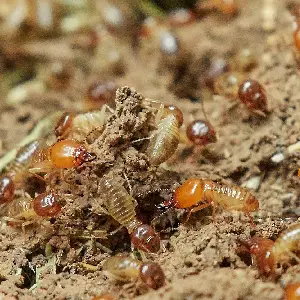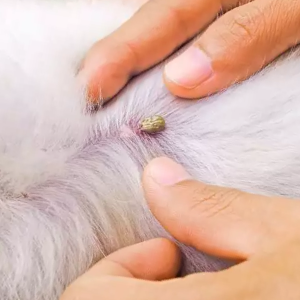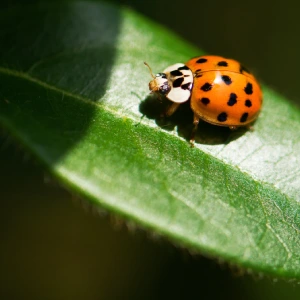Springs Arrival Brings a Breath of Fresh Air and Renewed Hope!
As the weather warms up, pests become more active and can invade your home. In this newsletter we will provide you with tips and tricks to keep your home pest-free during the Spring months.

Carpenter Ants: The Silent Destroyers That Can Ravage Your Property Unnoticed
Carpenter ants are large ants known for the ability to damage wood structures. They burrow into wood and create tunnels which can weaken the structure of a building over time.
These ants don’t eat wood but they can cause significant damage by excavating it to create their nest.
If you suspect you have a carpenter ant infestation, immediate attention by a professional pest control company will help mitigate further damage to your structure.
Preventing carpenter ant infestations requires a multi-faceted approach that involves identifying and eliminating potential entry points, as well as implementing preventive measures both indoors and outdoors.
Firstly, it is crucial to conduct regular inspections around the property, performing thorough checks on areas susceptible to moisture accumulation or structural damages such as damp crawlspaces, leaking pipes, or damaged wood.
Sealing cracks and crevices with silicone caulk can effectively prevent ants from entering buildings. Additionally, trimming trees and plants away from the house’s exterior provides a physical barrier for carpenter ants. Inside the structure, keeping food stored in tightly sealed containers and promptly cleaning up any spills reduces potential food sources for these pests.
Employing professional assistance becomes indispensable when dealing with large colonies or recurrent infestations; licensed exterminators can administer targeted treatments to eliminate existing nests and advise on long-term prevention strategies tailored to specific situations.
Employing these preventative measures assists in maintaining a carpenter ant-free environment while preserving the integrity of wooden structures.

Flea Infestations : How These Tiny Pests Impact Your Home and Health
Flea infestations pose significant risks to both the home and health of individuals. These minuscule pests, which are usually introduced into a household via pets or wildlife, multiply rapidly and can quickly overrun a space.
Not only do fleas cause discomfort with their itchy bites, but they can also transmit diseases such as bubonic plague, murine typhus, and tapeworms.(*)
To effectively prevent flea infestations, it is essential to implement a comprehensive approach.
Flea infestations pose significant risks to both the home and health of individuals. These minuscule pests, which are usually introduced into a household via pets or wildlife, multiply rapidly and can quickly overrun a space.
Not only do fleas cause discomfort with their itchy bites, but they can also transmit diseases such as bubonic plague, murine typhus, and tapeworms.
Moreover, flea saliva contains allergens that can trigger severe allergic reactions in some people, leading to skin rashes and persistent itching.
To effectively prevent flea infestations, it is essential to implement a comprehensive approach.
Tips for Keeping Your Pets Flea-Free All Year Round”
Firstly, maintaining good hygiene in the living environment is crucial. Regularly vacuuming carpets, rugs, and upholstered furniture can help remove flea eggs and larvae. Additionally, washing pet bedding weekly using hot water can eliminate any fleas or eggs present.
Secondly, proactive pet care plays a vital role in prevention. Monthly use of high-quality and vet-recommended flea preventative treatments such as spot-on solutions or oral medications is strongly advised.
Consistent grooming practices such as combing pets with fine-toothed flea combs can help detect fleas early on before they lay eggs.
Lastly, creating a barrier around the home is recommended; this can involve treating outdoor areas with appropriate insecticides and preventing stray animals from entering your yard space. By implementing these preventive measures in conjunction with professional guidance, households are likely to minimize the risk of flea infestation significantly.
In conclusion, recognizing the impact of flea infestations on both one’s living space and well-being is crucial as it highlights the need for swift action to prevent further proliferation and protect against potential health hazards.
(*) The mentioned diseases transmitted by fleas are possible but rare occurrences in developed countries; however, emphasizing their potential impact helps stress the seriousness of flea infestations.
Fun facts

Ladybugs may be considered cute and harmless, but did you know they have a peculiar habit of releasing an unpleasant odour when they feel threatened? It’s their unique way of saying, “Don’t mess with me!”

Some wildlife, like squirrels and chipmunks, are notorious for stealing bird feeders and burying them in numerous spots around your yard? They’re expert little thieves!



